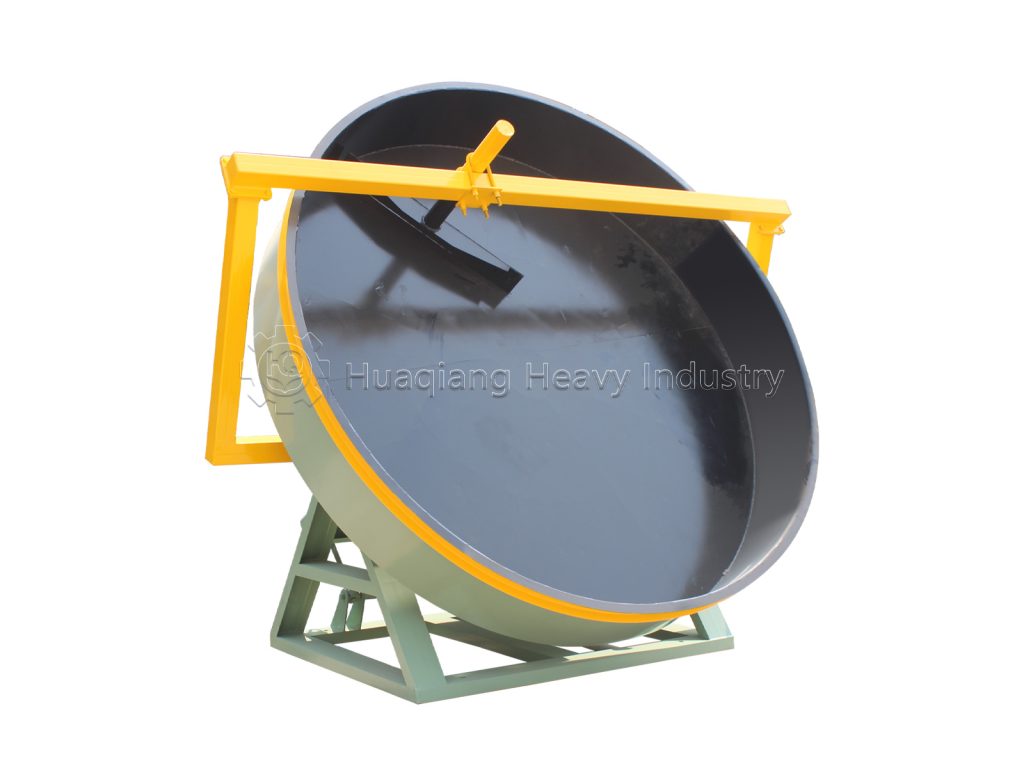For the granulation stage of organic fertilizer production lines, disc granulators are the preferred equipment for most manufacturers due to their outstanding advantages, including strong adaptability, high granulation quality, and low operating costs. This equipment not only precisely matches the characteristics of organic fertilizer raw materials but also balances production efficiency and product quality, providing critical support for stable production line operation.

In terms of raw material compatibility, disc granulators are far more compatible with organic fertilizer materials than other equipment. Organic fertilizer raw materials are mostly loose, fibrous materials such as livestock and poultry manure and composted straw, which have large moisture fluctuations. By precisely matching the inclination angle and rotation speed, the disc granulator utilizes the dual effects of the material’s own gravity and centrifugal force to gradually roll the loose material into granules. This eliminates the need for excessive compression, which damages the fiber structure. Furthermore, the disc granulator can accommodate raw materials of varying particle sizes, eliminating the need for frequent adjustments to equipment parameters and significantly reducing operational complexity.
Granulation quality is the core reason for choosing a disc granulator. High-quality organic fertilizer granules require a smooth surface, moderate hardness, and good water solubility for easy storage, transportation, and field application. The disc granulator’s granulation process utilizes a “rolling granulation” mechanism, with the pellets continuously tumbling within the disc. This not only ensures uniform nutrient coating but also creates pellets with consistent density, resulting in a high yield rate. Furthermore, the pellet diameter can be flexibly controlled by adjusting the disc speed, meeting the fertilization needs of different crops.
From a cost-effectiveness perspective, the disc granulator also offers significant advantages. Its simple structure, consisting solely of a disc, transmission, and frame, reduces failure rates and reduces maintenance costs compared to extrusion granulators. In terms of energy consumption, the power output of each unit is moderate, and the energy consumption per unit product is significantly lower than other granulation equipment. Furthermore, the disc granulator’s small footprint allows for flexible integration into production lines of varying sizes. Whether small or medium-sized family farms or large organic fertilizer producers, they can choose the appropriate model based on their production capacity needs, maximizing investment returns.
In response to the demand for green agriculture, the disc granulator, through its efficient and energy-efficient granulation method, helps improve the quality of organic fertilizer products, becoming a crucial link between agricultural waste resource utilization and green farming.